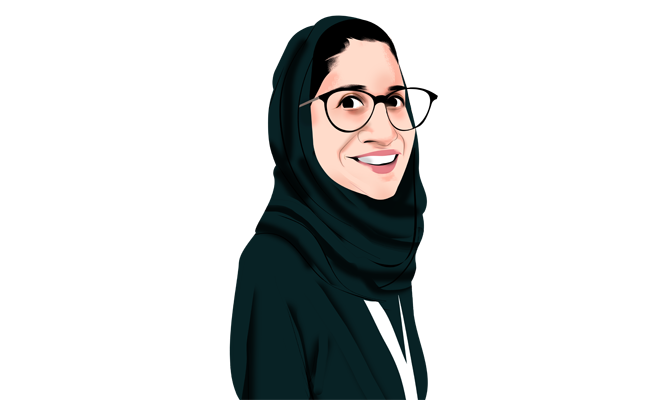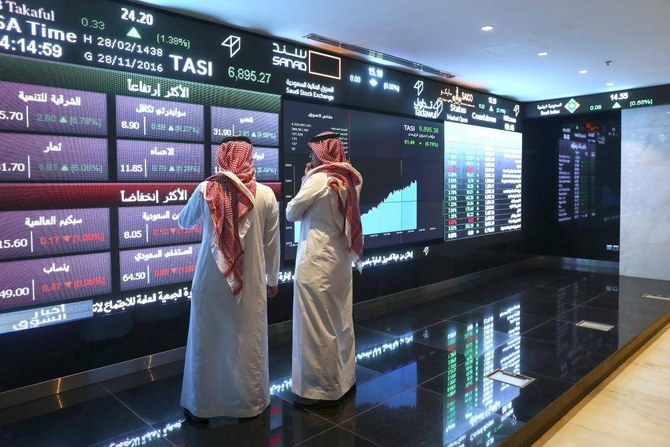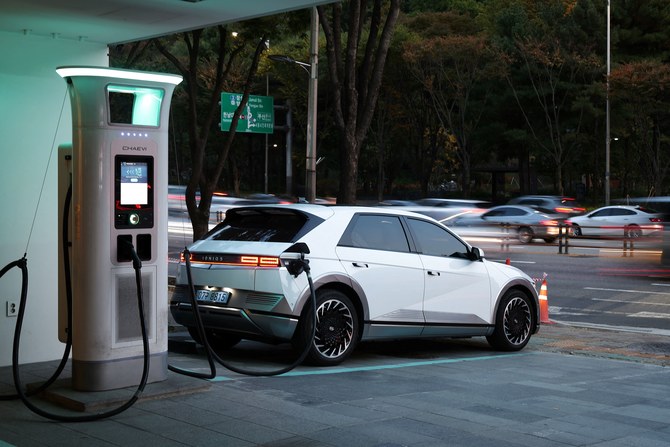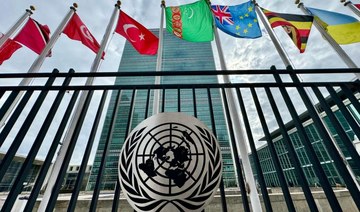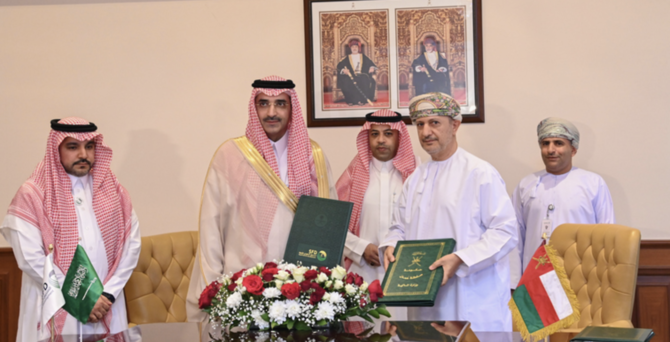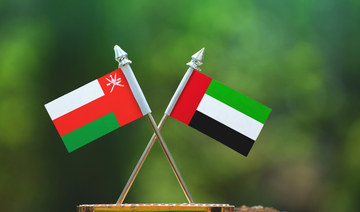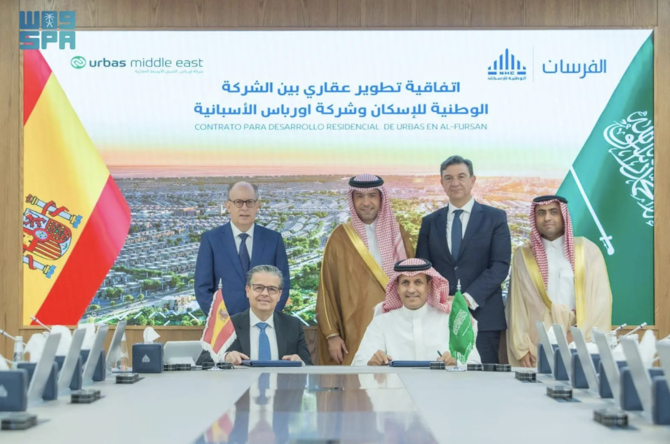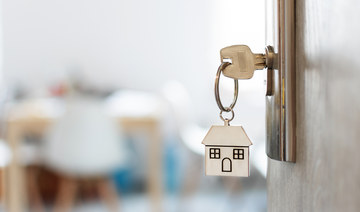DUBAI: Any skeptics about Expo 2020 Dubai — and there are a few who still have reservations about the extravaganza that will open to exuberant fanfare next year in the UAE — should spend an hour or two with Marjan Faraidooni.
She is the executive in charge of the pavilions and exhibitions on the huge site in south Dubai, and crucially, she has responsibility for “legacy” — what will remain after the show packs up in April 2021. She is calmly confident that the event will be a big success.
“It’s a challenge, but we have the mechanisms in place to make sure we meet that challenge,” she said amid the bustle of the Expo headquarters. It was August, and the holiday season, but there was no sign of any slackening in activity in the administrative hub, nor on the site itself. The clock is ticking down to the opening on Oct. 20 next year.
The scale of the event is mind-boggling. Over six months, the site will be visited some 25 million times, triple the population of the UAE. A previous Expo executive described it as the biggest ever gathering of people in the Arab world. It is expected to give a significant boost to the regional economy, and leave a permanent new city on the southern borders of Dubai.
But the doubters have been nagging away ever since Dubai won the right to stage the world fair in 2013. Would it be ready on time? Would it justify the financial outlay by boosting the UAE economy? Would it leave a lasting legacy or risk becoming a multibillion-dollar white elephant in the desert?
Faraidooni is convinced on all counts. On delivery, she said: “Yes, we are on track and although it’s not my direct remit, as part of the senior management team we are all responsible for doing whatever it takes to get this Expo delivered on time.”
Construction is progressing well. Earlier this year, Expo announced that the three “thematic districts” — reflecting its key themes of sustainability, mobility and opportunity — were complete, with more than 100 million working hours clocked on the site.
Faraidooni said that many of the 192 individual units built by the participating countries or organizations had already broken ground — including the big pavilion housing the Saudi presence — and that key infrastructure and transport around the site was well under way. An extension to the Dubai metro system and new roadways are under construction, as is apparent from the hectic construction activity around the site.
BIO
BORN: Dubai
EDUCATION: Bachelor’s in human physiology and master’s in public health, Boston University, US
CAREER
• Instructor, Sharjah Women’s College
• Special projects analyst, executive office of Dubai ruler
• Senior manager, Dubai Healthcare City
• Portfolio strategy director, Dubai Holding
• Chief pavilions and exhibitions officer, Expo 2020 Dubai
On the economic benefits of the project, Faraidooni pointed to a recent study by consultants EY which projected a big boost to the Dubai economy and a permanent increase in jobs.
“This Expo is happening in a location that is critical to the development of Dubai as a city and close to a new airport. A lot of infrastructure has been developed not only to service the Expo but for this whole area of Dubai,” she said.
Some economists have talked about the “Expo effect” as a factor that will boost the economy, especially the real estate market, which has been in the doldrums for several years.
That economic development is part of the legacy Faraidooni believes Expo will deliver. “The future is something we think about on a daily basis,” she said. The site will become a new addition to the Dubai urban scene, a mixed-use development called District 2020: A mixture of a business park, an exhibition center and a residential area with retail, leisure and cultural features, based around the Al-Wasl centerpiece.
Two big international corporations — Siemens, the German engineer, and Accenture, the international consulting firm — have already said they will base significant operations on the Expo site once the event ends, and Faraidooni hinted that other big global businesses are interested.
“We think of it as the place that happened to hold the Expo for six months. It will hold all the cultural and educational assets that played a fundamental role in the project,” she said.
We will have thousands of people coming through the doors on a daily basis.
Her infectious enthusiasm for the Expo project — she has been involved in it since the very beginning — is most obvious when it comes to discussing the actual content of the thematic pavilions that form the core of the experience.
She admitted the three key themes of sustainability, mobility and opportunity are “heavy themes, traditionally discussed in the UN and other political environments,” so the challenge has been how to make those accessible and enjoyable as well as informative.
“We will have thousands of people coming through the doors on a daily basis, so how do we quickly send them the Expo message in a way that inspires them and educates them? That’s what I do on a daily basis. It’s one of the best parts of my job,” she said.
As Faraidooni describes it, the sustainability pavilion, called Terra, will be quite an attraction in its own right. Designed by the renowned British firm Grimshaw Architects, the pavilion has a diameter of 130 meters and its roof consists of solar panels that will make it self-sustaining in energy use. “You won’t miss the sustainability pavilion — it’s like a spaceship has landed on the site,” she said.
The “theatrical approach” Faraidooni had adopted in the pavilions involves simulating different experiences that hammer home the sustainability message in Terra. “When you come through the entrance of the building you’ll be given two choices: Do you want to go through the forest, or under the ocean? We take you through chapters of experience that inspire you about the world you live in,” she explained, mentioning an encounter with a “giant fish with stacks of plastic in its belly” to highlight environmental threats.

An aerial view of the Expo 2020 site in Dubai. (Courtesy of Expo2020Dubai.com)
The two other thematic pavilions involve a similar mixture of entertainment and experience, but with a serious message and a flavor of Emirati and Arabic heritage.
In the mobility pavilion, visitors encounter famous Arabic navigators and travelers who led the way in exploration techniques, as well as modern examples from the ports company DP World and Dubai Smart City.
In the opportunity pavilion, visitors will view the world through the lens of the UN sustainable development goals, and what the implementation of those targets can mean for everyday experiences.
No detail is too small. Expo recently announced an international competition to design water fountains for the site — the Sabeel fountain project — which will invite designs for 40 locations around the site, highlighting the role that the communal provision of water has played in Arab and Islamic culture.
Saudi Arabia will be a key participant at Expo. The Kingdom’s pavilion — the second biggest on the site after the UAE’s — is themed on a gigantic mirror rising into the sky, but firmly attached to the ground, “reflecting a society deeply rooted in its culture but with unlimited ambitions,” according to the official statement.
“It’s very advanced, like something out of a sci-fi movie, and very interesting. The Saudi pavilion looks like it’s going to be one of the main attractions on the whole site. We’re very excited about it,” Faraidooni added. Expo rates Saudi Arabia as the second-largest source market for visitors next year, after India, accounting for a significant number of the 11 million anticipated foreign visitors.
Foreigners will make up 70 percent of the visitors to Expo, but the majority are expected from the UAE, who are being encouraged to come more than once, with a program to Emirati and regional schools to ensure youthful participation.
A big role will be played by Emirates Airline, one of the official partners of Expo, which is working on plans to persuade transit passengers to visit the site, as well as tourists on holiday in the UAE. So the goal of 25 million visits, labeled as overly ambitious by some critics, is eminently achievable. “Of course it’s feasible. Everything is feasible,” Faraidooni said.
She is acutely aware that the deadline is approaching. “We’re doing a lot, but there is so much more we could do, but we’re constrained by time. We know we have to open our doors and there is no question about that date whatsoever,” she said.
Faraidooni faces a personal challenge too: What to do once the Expo closes its doors on the last visitor in spring 2021? “This is a once-in-a-lifetime job. Anything I do after this is going to be boring,” she said.



